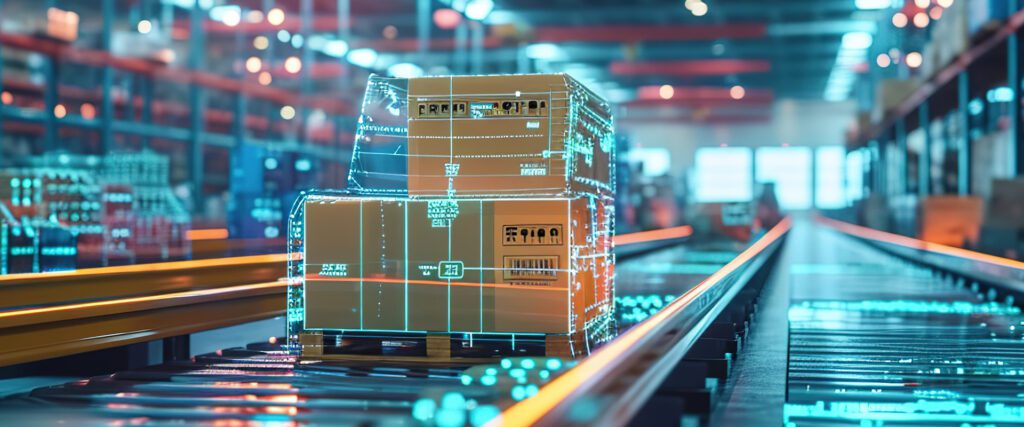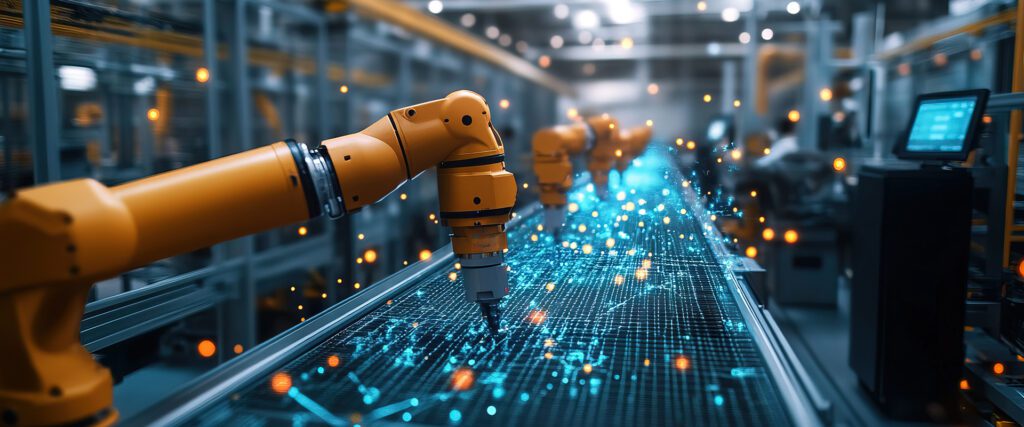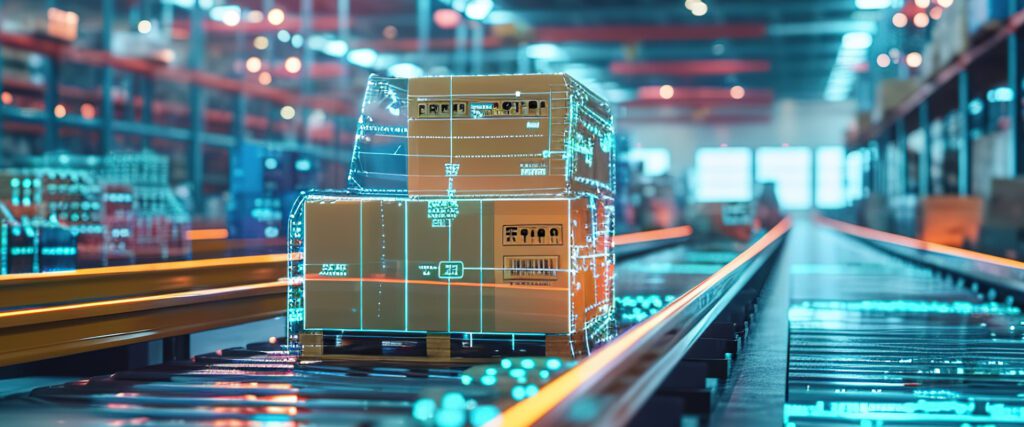How AI in Manufacturing Is Shaping Future Forecasting

As we celebrate manufacturing innovation this October, it’s clear the next frontier is data-driven foresight. Artificial intelligence (AI) is reshaping how manufacturers forecast, plan and operate. By 2030, Gartner, Inc. predicts 70% of major organizations will rely on AI in manufacturing to plan smarter and react faster.
The global AI manufacturing market is expected to quadruple by 2030, and companies adopting touchless forecasting—AI and machine learning (ML) systems that learn from complex datasets to automate predictions—are gaining an edge with operational agility, accuracy and efficiency.
This article explains why AI-based forecasting matters now and outlines five steps from Gartner’s framework that manufacturers can take today to prepare for AI-driven forecasting.
Why AI Forecasting Matters Now

Traditional forecasting methods can struggle to keep up with today’s market volatility. AI forecasting, however, excels where conventional models fail. They learn dynamically from multiple data sources, including new product launches, promotions, weather patterns, logistics delays and market shifts.
ML algorithms detect patterns that human analysts and linear models often miss. They can adapt to real-time changes, integrate external signals and reduce the need for manual forecasting adjustments. The result: faster, more reliable forecasts that empower manufacturers to act with confidence.
Adopting AI in Manufacturing with Gartner’s Five-Part Plan

To help organizations successfully implement AI forecasting, Gartner outlines a structured approach built around five key steps:
1. Define a Touchless Forecasting Vision
Begin with a clear vision for how AI will fit into your operations. Audit your workflows, collaboration processes and forecasting tools to identify inefficiencies and automation opportunities. Define how AI forecasting will reduce friction, improve accuracy and enhance decision-making across your organization.
2. Establish the Business Change Parameters
AI forecasting isn’t just a technical shift—it’s an operational one. Redefine your KPIs and reporting metrics to align with automation goals. Success should be measured not only by accuracy but by speed, agility and collaboration across teams.
3. Develop a Touchless Data Strategy
AI systems thrive on diverse, high-quality data. Move beyond reliance on historical sales data by integrating internal and external datasets like supplier leads times, inventory data and customer sentiment. This ensures your forecasts are not just predictive, but contextual and resilient.
4. Create a Technology Enablement Roadmap
Decide whether to build in-house forecasting capabilities or adopt a Forecasting-as-a-Service (FaaS) model. Whichever route you choose, involve IT early and evaluate vendors based on performance, scalability and manufacturing domain expertise.
5. Plan for the Adoption Journey
AI forecasting requires trust and transparency. Benchmark AI-generated forecasts against your current models, communicate outcomes across teams and ensure models are explainable. When employees understand how predictions are made, adoption accelerates and decision-making improves.
AI Forecasting by 2030

By 2030, AI forecasting will form the foundation of autonomous supply chain planning, where real-time data flows seamlessly between forecasting, procurement and production systems.
Manufacturers can expect:
- Real-time adaptive planning that responds instantly to external shifts.
- Fully connected ecosystems linking forecasts to logistics, inventory and customer demand.
- Human-AI collaboration that frees planners to focus on strategic scenario modeling rather than manual data crunching.
System integrators will play a key role in this transformation. With global revenues expected to surpass $100 billion by 2030, their ability to unify data across manufacturing systems will determine which companies achieve true agility and which fall behind.
The Road Ahead: Pairing Smart Forecasting with Dependable Execution
AI forecasting has the power to transform manufacturing—but only if the materials, supply chains and processes behind those forecasts are reliable. At R.S. Hughes, we’ve built our reputation on supplying certainty—from industrial solutions and process expertise to manufacturing partnerships that scale.
As we celebrate manufacturing innovation this October, the next frontier is data-driven foresight. AI-powered forecasting isn’t just a back-office tool—it’s a strategic pillar for resilient, scalable manufacturing operations. R.S. Hughes stands ready to help manufacturers pair smarter forecasting with dependable execution, ensuring that innovation meets reliability every time.
Connect with a local R.S. Hughes expert to discuss innovative solutions for your business.